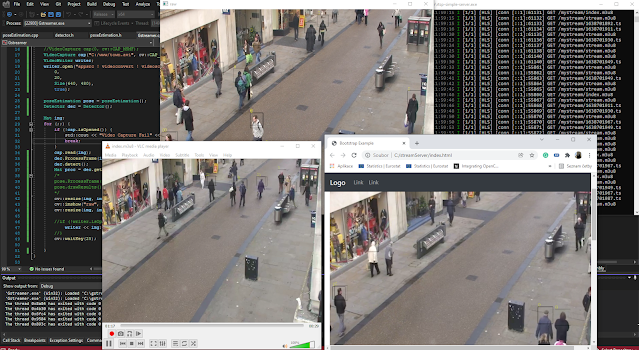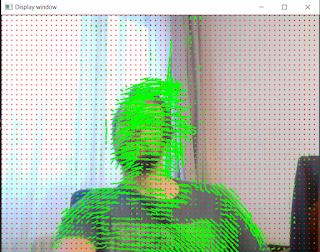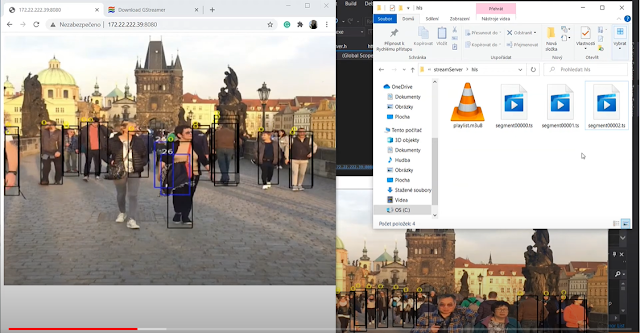Computer vision short news
ImageNet challenge Results
Microsoft Team wins several category of ImageNet challenge. They are using extremely deep neural networks. This results are achieved by depth of over 152 layers.
- Object detection with provided training data
- Classification+localization with provided training data
Microsoft COCO Dataset
Microsoft COCO is a new image recognition, segmentation, and captioning dataset for common objects in context.




